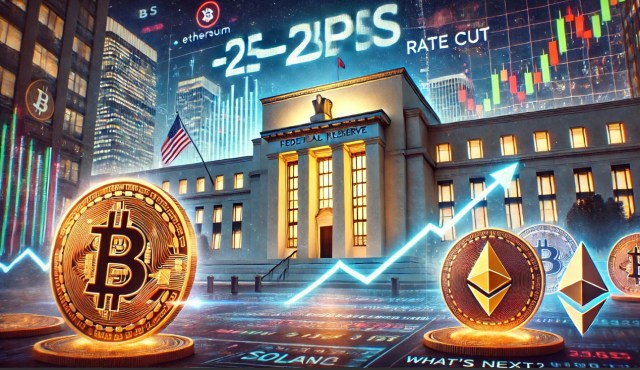Bitcoin Faces Fee Crisis That Threatens Network Security: Can BTCfi Help?

Bitcoin’s Transaction Fees Collapse
Bitcoin’s daily transaction fees have fallen by more than 80% since April 2024, according to Galaxy Digital. As of August 2025, nearly 15% of blocks are being mined with minimal or no fees, sometimes just one satoshi per virtual byte.
While this benefits users with cheaper transactions, it reduces miners’ earnings. After April’s halving cut rewards to 3.125 BTC per block, miners are increasingly dependent on fees. With fees drying up, concerns are growing over Bitcoin’s long-term security.
Pierre Samaties, chief business officer at the Dfinity Foundation,that “sustained throughput is essential for the system to defend itself.”
Onchain Activity Slows
The decline of trends like Ordinals and Runes has left Bitcoin’s onchain activity sluggish. OP_RETURN transactions, which once drove 60% of daily activity, now account for just 20%.
Meanwhile, alternative blockchains such as Solana are attracting memecoins and NFT projects. Spot Bitcoin ETFs, now holding over 1.3 million BTC, also divert trading volume offchain, further cutting fee-generating activity.
Galaxy Digital’s report found nearly 50% of recent Bitcoin blocks have been underfilled, with mempool demand at low levels.
BTCfi as a Potential Lifeline
Against this backdrop, BTCfi — Bitcoin-native decentralized finance — is emerging as a possible solution. Unlike Ethereum or Solana DeFi, BTCfi uses Bitcoin as its base asset while enabling lending, trading, and yield strategies on layers or protocols tied to Bitcoin itself.
“Every BTCfi action requires moving Bitcoin,” Samaties explained. “Movement drives computation, computation consumes block space, and space carries cost.” This dynamic could restore fee demand and strengthen miner incentives.
From Digital Gold to Financial Primitive
Bitcoin has long been viewed as digital gold, valued more for holding than for use. But Samaties sees it evolving into a financial primitive, a building block for broader financial systems.
Julian Mezger, CMO of Liquidium, agrees. “The last five years have transformed Bitcoin’s infrastructure from a simple settlement layer into a multi-layered ecosystem,” he said. “We’re now seeing the foundations for true Bitcoin-native DeFi being laid.”
If BTCfi continues to develop, Bitcoin could transition from passive store of value to active financial backbone — and in the process, solve its looming fee crisis.
Illustration of Bitcoin fee decline and BTCfi growth potential
You May Also Like

Franklin Templeton updates XRP ETF filing for imminent launch

Fed Lowers Rates By 25bps: How Bitcoin And Crypto Prices Responded And What’s Next

Canada’s budget promises laws to regulate stablecoins, following US
Canada’s government unveiled a plan to regulate stablecoins, requiring fiat-backed issuers to maintain sufficient reserves and adopt robust risk management measures. Canada is set to introduce legislation regulating fiat-backed stablecoins under its federal budget for 2025, following the footsteps of the US, which passed landmark stablecoin laws in July.Stablecoin issuers will be required to hold sufficient reserves, establish redemption policies and implement various risk management frameworks, including measures to protect personal and financial data, according to the government’s 2025 budget released on Tuesday.The Bank of Canada would allocate $10 million over two years, starting in the 2026-2027 fiscal year, to ensure everything runs smoothly, followed by an estimated $5 million in annual costs that will be offset from stablecoin issuers regulated under the Retail Payment Activities Act.Read more